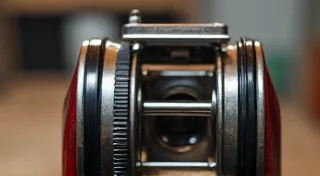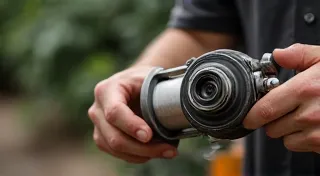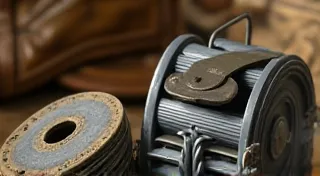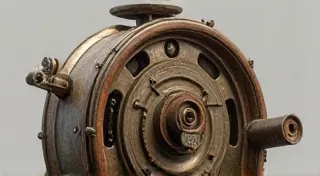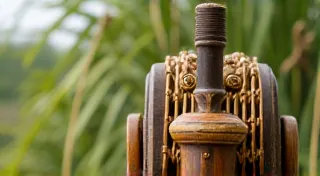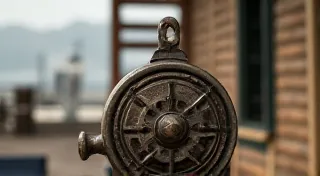Understanding Reel Condition: Grading and Value
There's a certain magic in holding a vintage fishing reel. It’s not just a piece of metal; it’s a tangible link to generations of anglers, a silent witness to countless fishing trips, and a testament to the ingenuity of past craftsmen. Each scratch, each imperfection, tells a story – a story we, as collectors and enthusiasts, are eager to piece together. But that story, and the reel's value, is profoundly intertwined with its condition. Far more than just 'good' or 'bad,' reel condition is a nuanced spectrum, and understanding how to accurately assess it is paramount to both enjoying your collection and knowing its worth.
I remember my grandfather, a man of few words but immense patience, letting me hold his old Pflueger Supreme when I was a boy. The cool, smooth feel of the aluminum, the satisfying click of the drag—it captivated me. He didn't talk about the reel’s value, but he spoke of its reliability, its performance through decades of use. It wasn’t pristine; it bore the marks of a life well-lived, a life spent battling trout in rushing rivers. That reel, imperfect as it was, sparked a passion that continues to this day. It got me thinking about the manufacturers of these classics, and how some, like the Hardy Brothers, have built incredible legacies in angling.
The Historical Context of Reel Condition
Before we delve into the grading system, it's important to understand the historical context. Reels from the early 1900s were often built to last a lifetime, and were often considered heirlooms. A little grease and some careful cleaning were the extent of maintenance needed. The expectation wasn’t perfection; it was durability and functionality. Consequently, even reels considered "good" today often display wear and tear simply due to their age and the expectation that they would be *used*. This is very different from contemporary collectibles that might have been preserved in mint condition. Reels from the post-war era, especially those targeted towards recreational fishing, might also display different types of wear reflecting wider availability and different levels of care. The history of these classic reels, and the rise of different materials like bamboo, is fascinating and adds so much to the collector's journey.
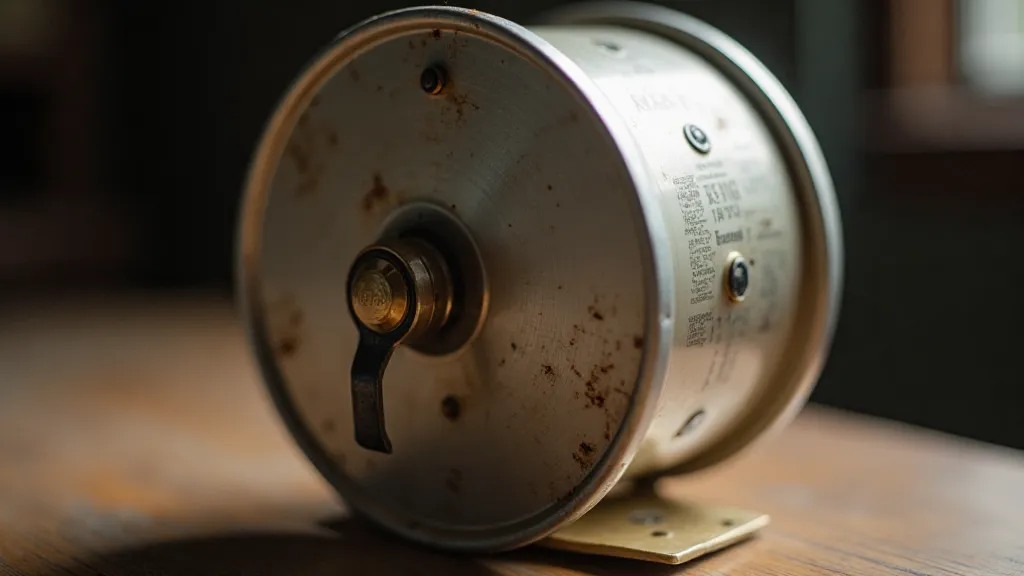
The Standard Grading System
While subjective elements inevitably play a role, a standardized grading system provides a framework for evaluating reel condition. While various nuances exist across collectors, this system provides a solid base. Let’s break down the most common grades:
Mint (M):
This is the holy grail. A Mint reel is essentially as it came from the factory. It shows absolutely no signs of use. All original parts are present and untouched. The original finish is flawless. This grade is extraordinarily rare, especially for reels that were intended to be used, and commands the highest prices. It often requires extraordinary luck or extraordinary preservation.
Excellent (EX):
An Excellent reel displays minimal signs of use. The original finish is mostly intact, with only very minor scratches or blemishes. All parts are original and function perfectly. Any wear is subtle and doesn’t detract significantly from the reel’s overall appearance. It might have been carefully stored and rarely used.
Very Good (VG):
A Very Good reel shows noticeable signs of use, but is still mechanically sound. The original finish may be worn in places, with more visible scratches and blemishes. There might be some minor discoloration or slight corrosion. Original parts are all present and working correctly. This grade often represents a reel that has seen regular use but has been reasonably cared for.
Good (G):
A Good reel shows significant wear and tear. The original finish is heavily worn or missing in places. Scratches and blemishes are abundant. There might be minor corrosion or discoloration. The reel is mechanically functional, although it might require some cleaning or lubrication to operate smoothly. Parts may show minor imperfections.
Fair (F):
A Fair reel is heavily worn and shows significant signs of neglect. The original finish is largely absent. Corrosion is common. Mechanical functionality may be compromised. This grade often indicates a reel that has been subjected to harsh conditions or a lack of maintenance. Parts may be missing or replaced. Sometimes, even a reel in Fair condition can be brought back to life with some basic reel repair basics, although that’s a separate consideration altogether.
Poor (P):
A Poor reel is beyond reasonable restoration and is often valued only for its parts. It’s heavily damaged, corroded, and/or missing essential components. It’s essentially a relic of the past, more valuable for its historical significance than its functionality.
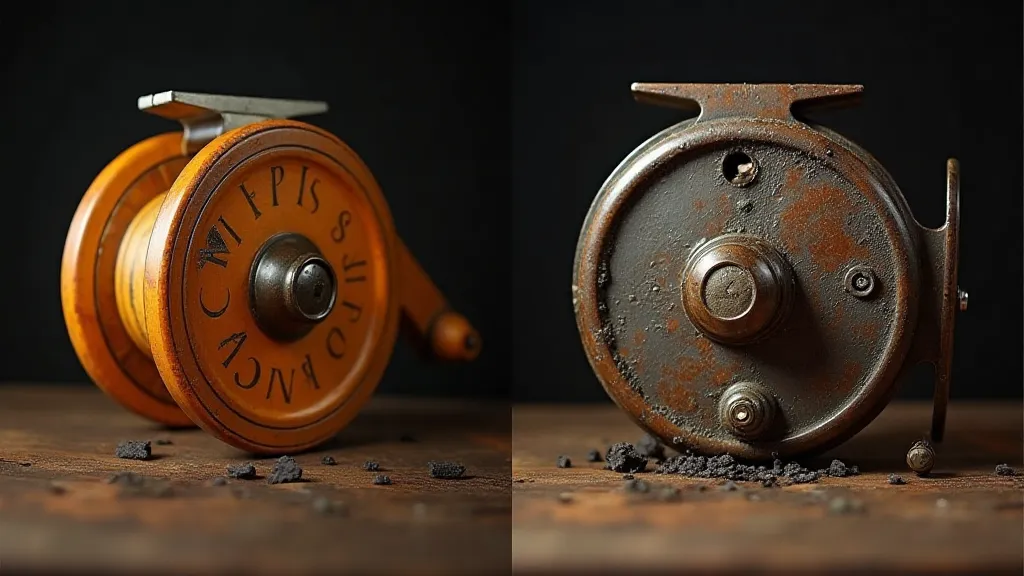
Beyond the Grade: Subtle Considerations
While the grade is a crucial factor, other considerations can influence a reel’s value. Originality is paramount. Any non-original parts significantly detract from the value. Matching serial numbers are a huge plus, confirming the reel's authenticity and history. Rare variations or unusual features can also command a premium. Furthermore, the completeness of the packaging – original boxes, inserts, and paperwork – dramatically increases a reel’s desirability and value. Collectors are also increasingly interested in the materials and construction techniques used, and many appreciate the beauty and performance of bamboo reels, for example.
Restoration plays a complex role. A well-executed restoration can sometimes improve a reel’s appearance, but it also reduces its originality, therefore potentially lowering its value among purists. However, a severely damaged reel might find a new lease on life through careful restoration, making it usable and aesthetically pleasing once again. The key is to respect the reel's history and avoid irreversible alterations. It's a fascinating journey delving into the history and manufacturing processes of reels, and particularly those produced by companies like the Hardy Brothers.
Appreciating the Craftsmanship
Ultimately, collecting vintage fishing reels is about more than just assessing value; it's about appreciating the craftsmanship and history embedded within each piece. Holding a reel crafted by skilled artisans generations ago fosters a deep connection to the past. Each reel is a testament to a time when things were built to last, and a tangible reminder of the enduring passion for angling. The stories they hold – of the fish they caught, the landscapes they witnessed – are as valuable as the metal itself.
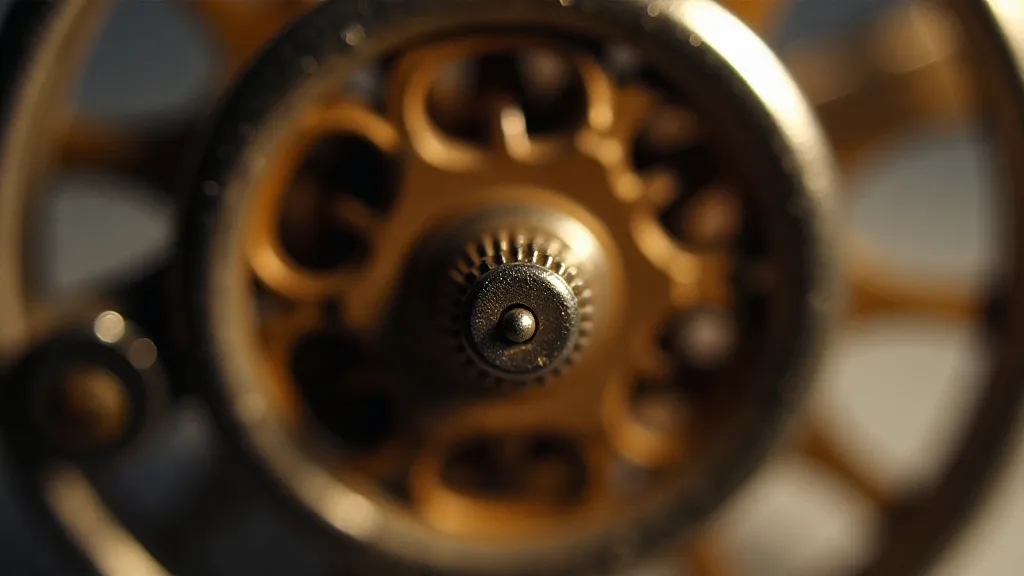
My grandfather’s Pflueger Supreme, worn and imperfect as it was, taught me more about fishing and appreciating history than any pristine collector’s item ever could. And it remains a reminder that true value lies not just in the grade, but in the story it tells. Understanding the nuances of reel condition and the legacy of these classic tools is a rewarding pursuit for any angling enthusiast.
